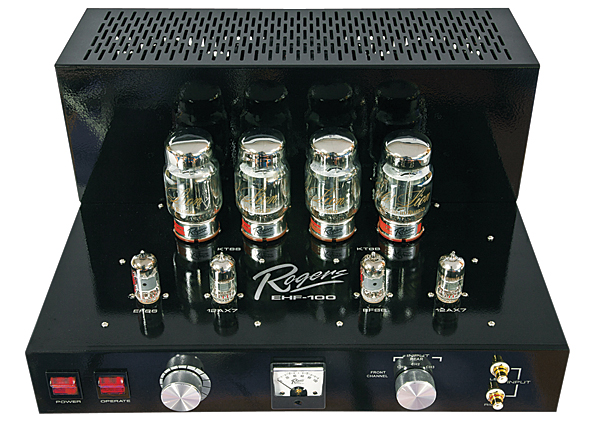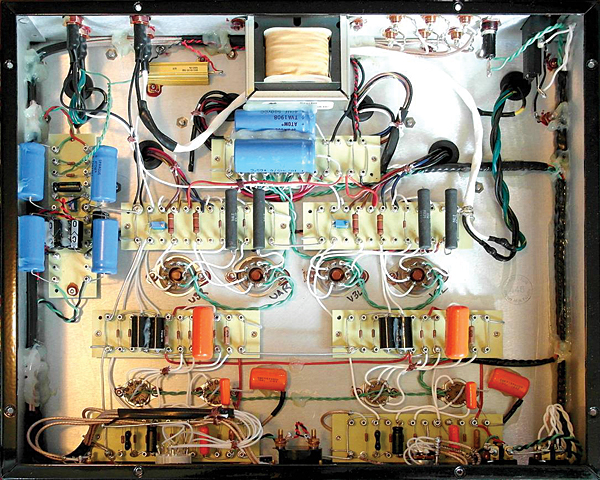| Columns Retired Columns & Blogs |
Probably is since no one else has commented. But I have to raise a Spockian eyebrow at a giving a Very High Recommendation to a component whose volume control gets so hot it uncomfortable to touch after only an hour of use. It shouldn't get that hot after any amount of use. Surely that has to raise some doubt as to the basic usability of the thing; I mean we are talking about the volume control not a heat sink or the back cover. This is a $6K amp - my $400 Fatman amp doesn't overheat like that. Taking it a step further, doesn't it suggest a design flaw if heat is being dissipated through a user control? If the volume control is that hot, how much heat is the rest of it giving off?






































